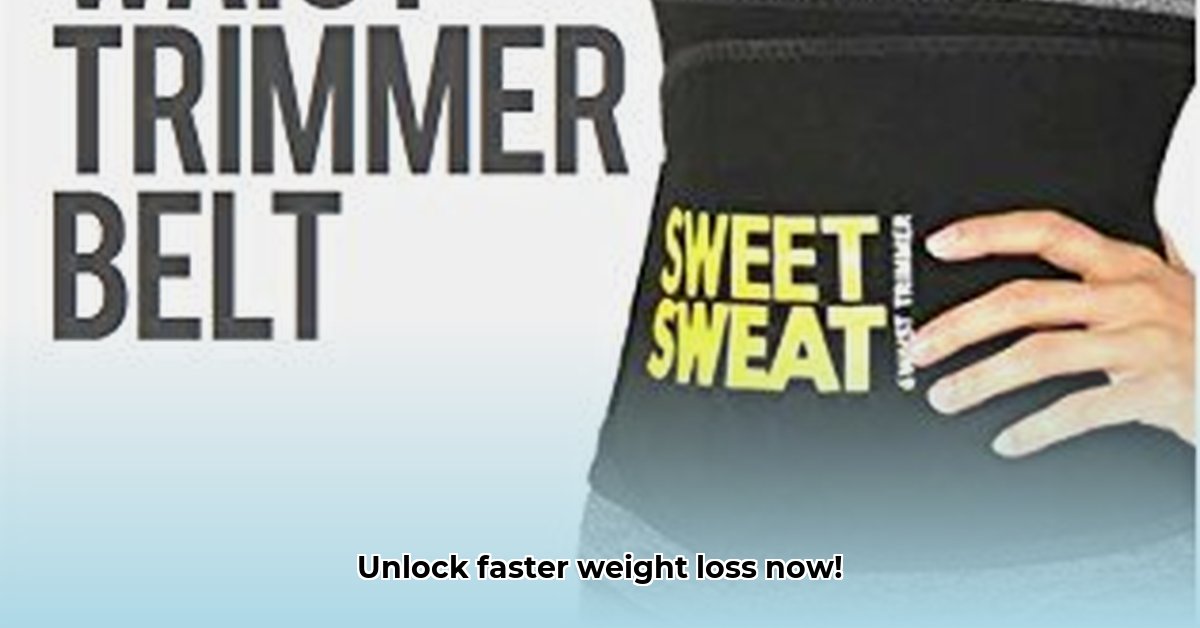
How Compression Garments Can Support Your Weight Loss Journey
So, you're exploring ways to enhance your weight loss efforts, and you've heard about compression garments. Are they a miracle solution? No. But can they be a helpful tool? Absolutely. This guide provides a clear, evidence-based look at how compression garments can (and can't) contribute to your weight loss goals, offering practical advice to maximize their benefits and minimize potential risks.
How Compression Garments Work: Physiology and Benefits
Compression garments work by applying pressure to your body. This pressure improves blood circulation, leading to several potential benefits. Enhanced blood flow delivers more oxygen to your muscles, potentially boosting athletic performance and endurance. Improved circulation can also enhance muscle recovery after exercise, reducing soreness and potentially speeding up the recovery process.
However, it's vital to understand – the increased sweating caused by compression primarily results in water weight loss, not fat loss. This temporary weight reduction isn't a reflection of actual fat reduction; it's fluid loss that will quickly return once you rehydrate. Therefore, staying well-hydrated while wearing compression garments is crucial.
The Realistic Role of Compression Garments in Weight Loss
Let’s be clear: compression garments are not a substitute for a healthy diet and regular exercise. While they may offer support and contribute to your overall weight loss strategy, they won't magically melt away fat. Their effectiveness lies in supporting optimal workout performance and facilitating faster recovery. These benefits can encourage adherence to a fitness routine, crucial for long-term, sustainable weight loss.
Think of them as a valuable tool to amplify your existing efforts – improving the effectiveness of your workouts and making it easier for you to remain committed to your weight loss goals. They enhance your fitness routine, but they don't replace it.
Choosing the Right Compression Garment: A Practical Guide
Selecting the appropriate compression garment depends on several factors. Consider these key choices to ensure you get the maximum benefit from your investment:
Activity Level: High-intensity workouts (running, weightlifting) require garments with stronger compression than less strenuous activities (walking, light yoga).
Sizing: Precise sizing is essential. Too tight, and it can restrict blood flow and cause discomfort; too loose, and you won't receive the support you need. Always consult the manufacturer's size chart, and if possible, try garments on before purchasing.
Material: Prioritize breathable fabrics such as nylon or spandex blends. Moisture-wicking properties are also critical for comfort and to prevent overheating.
Quality: Invest in durable, well-made garments. Low-quality garments might lose their compression and shape after just a few washes, rendering them ineffective.
Optimizing Compression Garment Use: A Step-by-Step Guide
To maximize the benefits and minimize potential drawbacks, follow these steps:
Hydration is paramount: Drink plenty of water throughout the day, especially while wearing compression garments, due to increased perspiration. Dehydration can lead to headaches, dizziness, and other undesirable effects.
Listen to your body: Discomfort (excessive tightness, chafing, or skin irritation) signals you should remove the garment immediately. Your comfort is crucial.
Follow instructions: Always adhere to the manufacturer’s instructions for wearing, cleaning, and caring for your garment to ensure longevity and effectiveness.
Integrate into a holistic strategy: Compression garments are a supportive component of a larger weight loss plan. They enhance your efforts but do not replace essential diet and exercise.
Potential Risks and Side Effects: Informed Decision-Making
It's essential to be aware of potential drawbacks:
- Dehydration: Increased sweating necessitates increased water intake.
- Skin irritation: Tight-fitting garments can cause chafing or allergic reactions in sensitive individuals.
- Overheating: Especially in warm conditions, compression garments can trap heat, leading to discomfort.
To minimize risks:
- Prioritize hydration: Drink ample fluids.
- Choose breathable fabrics: Opt for moisture-wicking materials.
- Avoid prolonged wear initially: Start with shorter durations and gradually increase wearing time.
- Pay attention to your body's signals: Remove the garment at the first sign of discomfort.
Realistic Expectations and a Balanced Perspective: The Conclusion
Compression garments are a valuable supplementary tool, not a standalone weight-loss solution. Remember: Sustainable weight loss hinges on a balanced diet and regular exercise. Use compression garments wisely, prioritize your comfort and well-being, and celebrate the consistent efforts toward a healthier you. They can improve your workout experience, but ultimately, your commitment to a holistic lifestyle determines your success.